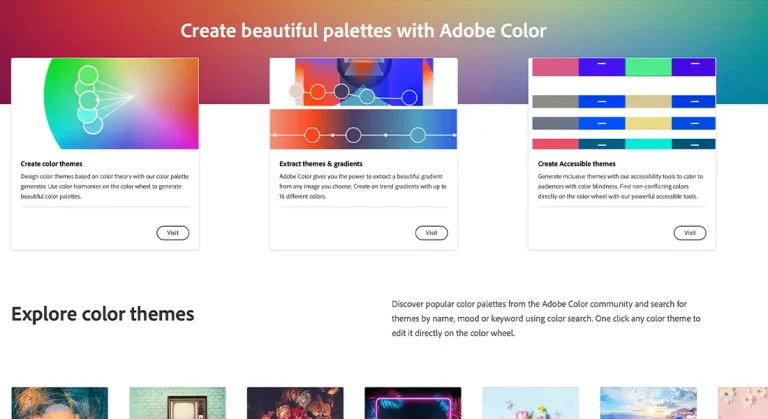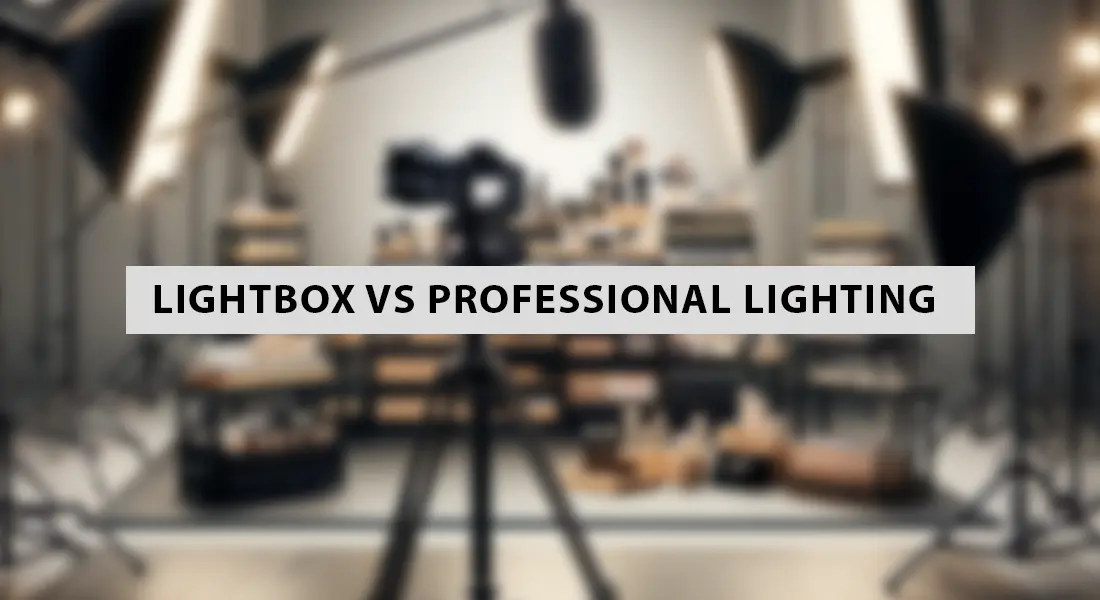
Lighting is the cornerstone of creating high-quality, professional product photographs that capture the essence, functionality, and allure of the items being showcased.
Two prevalent methods dominate the industry: lightbox photography and custom professional lighting setups. This section elucidates these techniques, laying the foundation for a comprehensive understanding that will guide our discussion.
Table of content
Definition and Explanation of Lightbox Photography
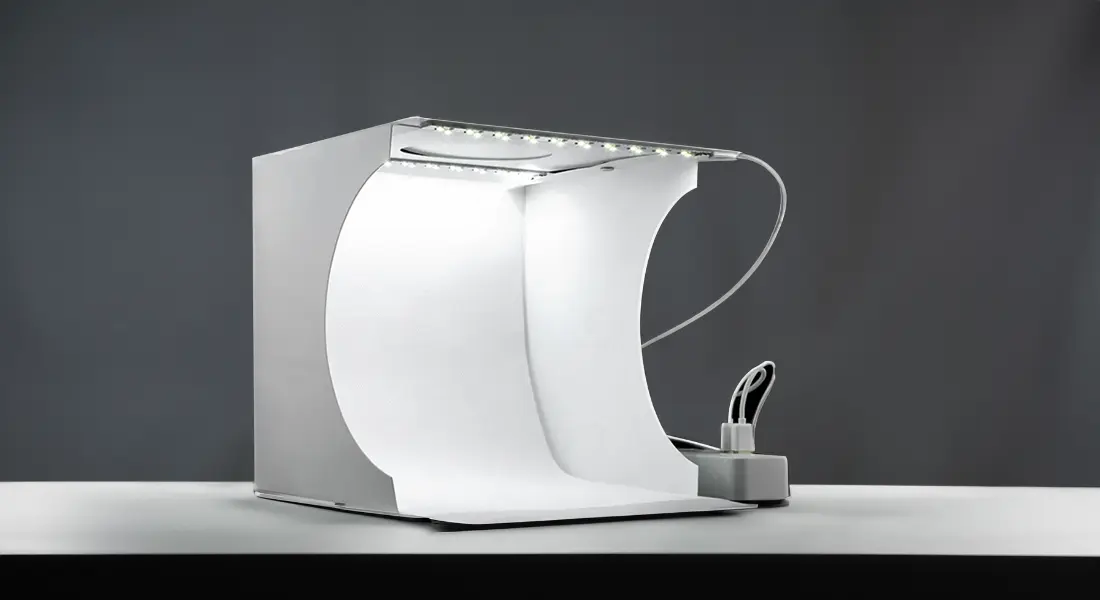
Lightbox photography, often seen as a convenient and cost-effective solution, employs a box with translucent sides that diffuse light coming from external sources, providing an evenly lit environment for photographing products.
This method is particularly favored for its simplicity and the consistent results it delivers, especially for smaller objects.
The lightbox for product photography is a compact setup that endeavors to reduce shadows and highlights, aiming to present the product in a clear, neutral light.
Definition and Explanation of Professional Lighting Setup in Product Photography
On the flip side, a professional lighting setup in product photography comprises meticulously arranged lighting equipment that can be adjusted to create the desired ambiance and focus. This setup may include a variety of lights such as key lights, fill lights, and backlights, along with modifiers like softboxes, umbrellas, and reflectors to control the light’s direction, quality, and intensity.
This method allows for a highly customizable lighting environment, enabling the product photographer to evoke emotions, highlight features, and essentially, tell a story through the imagery.
Importance of Lighting in Product Photography
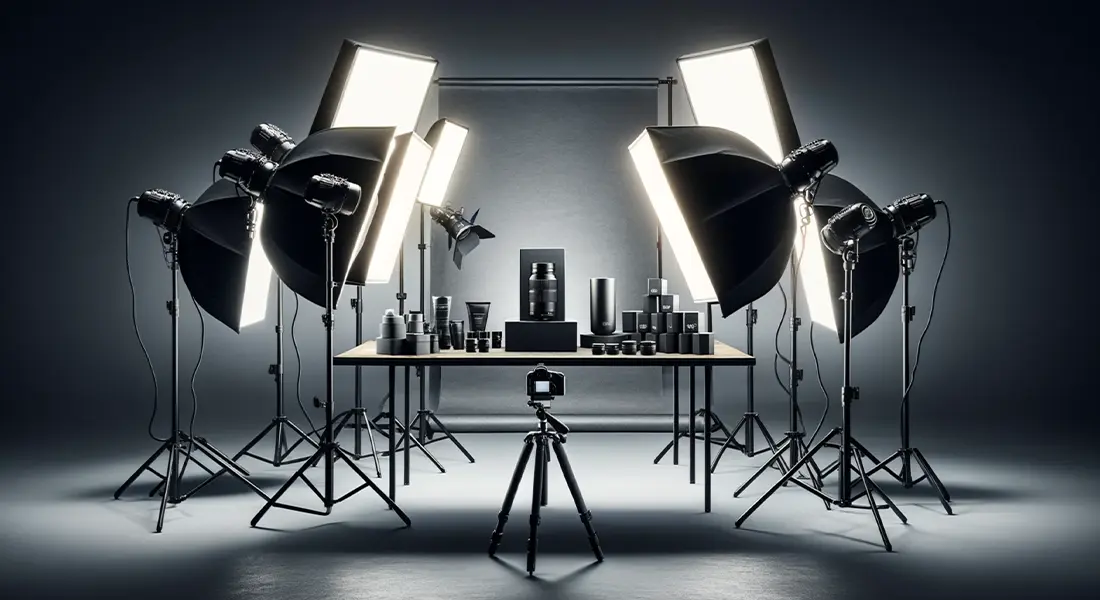
The essence of lighting in product photography cannot be overstated. It is the vehicle that conveys the texture, color, and form of the product, creating the first and most significant impression on the viewer.
Good lighting accentuates the features, hides the flaws, and generates a mood, making the product appealing to potential customers. It’s not merely about illumination; it’s about presentation, perception, and, ultimately, persuasion.
Mention of Common Misconception Regarding the Adequacy of Lightbox for Product Photography
A common misconception pervading the realm of product photography is the presumed adequacy of a lightbox for all types of product photography. While lightboxes can indeed provide a decent and quick solution for some scenarios, they inherently lack the flexibility and control that a professional lighting setup offers.
This limitation often leads to a standardized, flat look that may fail to do justice to the product’s potential allure, especially when compared to the dynamic, rich visuals achievable with a customized professional lighting setup.
The ensuing sections will delve deeper into the intricacies of lightbox photography and professional lighting setups, elucidating their respective merits and demerits.
Through a comparative lens, we aim to provide a clearer perspective on why investing in a professional lighting setup could be a game-changer in your product photography endeavors.
Understanding Lightbox Photography

A hallmark in the realm of product photography, lightbox photography garners attention due to its simplicity and accessibility. Here, we dissect the mechanism, utility, benefits, and the inherent downsides of using a lightbox for product photography.
Description and Functionality of a Lightbox for Product Photography
A lightbox, or a product photography box, is a tent-like structure equipped with translucent walls that foster the diffusion of light from external sources, creating a uniformly lit environment within.
The light seeping through the walls is soft and even, which minimizes harsh shadows and glaring highlights on the product, rendering a clear, straightforward image.
The setup typically includes LED lights and may come with interchangeable backdrops to offer a minimal level of variety in the backdrop color.
Common Uses and Applications
Lightbox photography is predominantly utilized for small to medium-sized products, making it a go-to choice for e-commerce photography.
It’s a boon for online sellers and hobbyist photographers who need decent quality images for online listings or portfolios. Common applications encompass jewelry, electronics, apparel, and other consumer goods that fit within the confines of the lightbox.
The ease and speed at which photos can be taken make lightbox photography an appealing choice for those with a high volume of products to photograph on a tight schedule.
Advantages
Cost-effectiveness
Lightbox photography is a budget-friendly option. The relatively low upfront cost of a lightbox coupled with the lack of a need for additional lighting equipment makes it an economical choice for those starting in product photography or with limited resources.
Ease of use:
With a simple setup and operation, lightboxes are user-friendly, requiring no specialized knowledge or extensive experience in photography. This ease of use accelerates the photography process, making it a time-saver for businesses with high product turnover.
Consistency in lighting conditions:
Lightboxes provide a controlled environment that delivers consistent lighting conditions. This consistency is crucial for maintaining a coherent look across different product photos, especially beneficial for online catalogs.
Disadvantages
Limited control over lighting:
The primary downside of lightbox photography is the restricted control over lighting. The fixed positions of lights and lack of modifiable lighting equipment hinder the ability to alter the lighting conditions to meet specific needs or creative aspirations.
Lack of creative flexibility:
The standardization that a lightbox brings, while advantageous for consistency, stifles creative flexibility. The absence of varied lighting configurations and modifiers limits the scope of creating unique, eye-catching images that can set a brand apart in a crowded market.
Standardized look, less uniqueness:
The resulting images from lightbox photography often bear a standardized, sterile look. This lack of uniqueness could result in a brand’s product images blending in with the competition rather than standing out. The inability to manipulate lighting to evoke moods or highlight intricate details of a product is a significant trade-off for the cost and convenience the lightbox offers.
In light of these factors, while lightbox photography might appear as a tempting choice, especially for newcomers or small-scale operations, the limitations it imposes are substantial.
The subsequent section will explore the realm of professional lighting setups in product photography, shedding light on the boundless opportunities it unveils for brands aiming for a distinctive and professional image portrayal.
Diving into Professional Lighting Setups
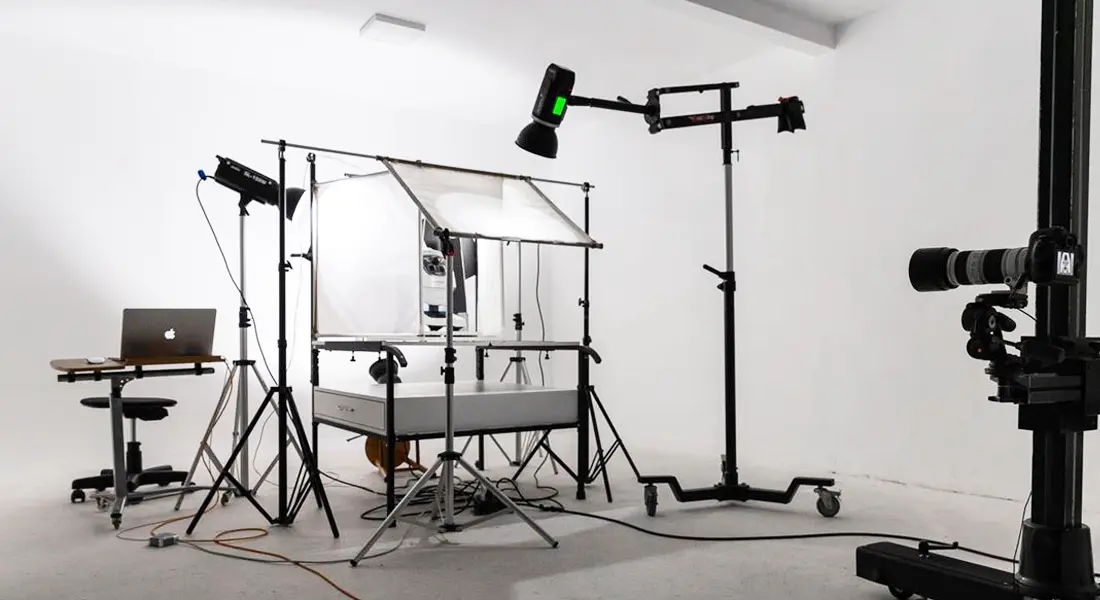
The realm of professional lighting in product photography is a playground for creativity and precision, empowering photographers to paint pictures with light. This section ventures into the depths of professional lighting setups, unveiling the myriad possibilities they offer.
Types of Professional Lighting Setups
professional lighting setups are meticulously crafted arrangements of various lighting equipment tailored to accentuate the features and allure of the product being photographed. These setups can comprise a diverse range of lights and modifiers:
- Key Lights: The primary source of illumination, key lights are pivotal in defining the product’s look and feel.
- Fill Lights: These lights mitigate the shadows cast by the key light, ensuring a balanced lighting.
- Backlights or Rim Lights: Employed to separate the product from the background or to highlight its contours.
- Modifiers: Including softboxes, umbrellas, grids, and gels, modifiers alter the light’s character, directing and diffusing it as needed.
Common Uses and Applications in Product Photography
Professional lighting setups are the gold standard in high-end product photography, extensively used in advertising, marketing, and e-commerce platforms. They are crucial in scenarios demanding a sophisticated portrayal of products, be it for luxury items, intricate jewelry, or any merchandise where the brand seeks to evoke a particular mood or narrative.
Advantages
Full Control Over Lighting Conditions:
Professional setups offer an unparalleled control over every lighting aspect. Photographers can adjust the light’s intensity, direction, and quality to meet the aesthetic and functional requirements of the project.
Creative Flexibility:
The ability to manipulate light facilitates a boundless creative freedom, enabling photographers to experiment and craft images that resonate with the brand’s identity and the message it intends to convey.
Ability to Create a Unique, High-Quality Look:
With professional lighting, the sky’s the limit when it comes to producing distinctive, high-caliber images. The finesse and nuance achievable through tailored lighting setups significantly elevate the product’s appeal, setting a higher benchmark in the competitive market.
Disadvantages
Higher Cost:
The investment in professional lighting equipment and possibly a skilled photographer can be substantial, posing a barrier for smaller entities or those with constrained budgets.
Requires Expertise and Experience:
To harness the full potential of professional lighting setups, a sound knowledge of lighting principles and a seasoned hand are indispensable. The learning curve can be steep for novices.
Setup and Teardown Time:
Professional setups demand a considerable amount of time and effort in setting up and tearing down. This extended timeframe could pose challenges in fast-paced or high-volume shooting environments.
The discourse on professional lighting setups unveils a realm replete with opportunities for creating riveting, high-quality product imagery.
Although accompanied by certain downsides, the advantages they offer are monumental for brands striving to carve a niche and outshine in the bustling market.
The ensuing comparative analysis will further elucidate the trade-offs between lightbox photography and professional lighting setups, aiding in making an informed decision tailored to your brand’s aspirations and resources.
Comparative Analysis

The distinction between lightbox photography and professional lighting setups transcends beyond mere aesthetics, delving into the realms of quality, efficiency, and brand representation.
This comparative analysis seeks to juxtapose these two methods under various lenses, providing a well-rounded insight into their respective merits and shortcomings.
Quality of Output
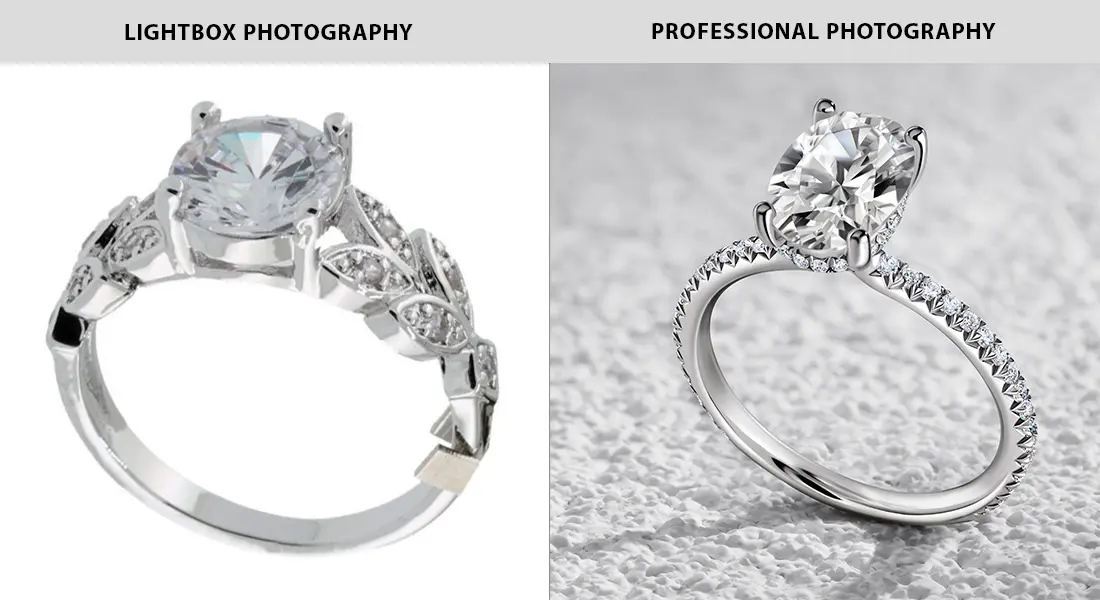
Quality of Output
Detail and Clarity:
Lightbox Photography: The diffused lighting in a lightbox tends to soften the details, occasionally leading to a lack of sharpness and clarity in the images. While satisfactory for some products, this could be detrimental when fine details are pivotal.
Professional Lighting Setup: Custom lighting, with its myriad configurations, can be meticulously adjusted to accentuate the minutest of details, delivering crisp, clear images that resonate with professionalism and quality.
Color Accuracy:
Lightbox Photography: Although lightboxes aim for a neutral lighting environment, the color accuracy may sometimes fall short, especially if the lightbox lighting has a color cast, which is not uncommon.
Professional Lighting Setup: With a professional setup, the color accuracy is usually superior. The ability to control the color temperature and use high-quality lights and modifiers ensures that the colors are rendered accurately and vibrantly.
Texture and Material Representation:
Lightbox Photography: The soft lighting of a lightbox can often flatten textures, making it challenging to capture the true essence of materials, especially those with intricate textures or reflective surfaces.
Professional Lighting Setup: Professional lighting setups excel in portraying textures and materials authentically. The use of directional lighting and modifiers can bring out the texture and reflectivity of materials, creating a more tactile and appealing visual experience.
Efficiency and Time
Setup Time:
Lightbox Photography: Lightboxes are relatively quick to set up and dismantle, saving precious time, especially in high-volume shooting scenarios.
Professional Lighting Setup: The setup time is considerably longer as it requires careful positioning and adjustment of lights and modifiers to achieve the desired effect.
Shooting and Editing Time:
Lightbox Photography: The shooting process is streamlined, but the lack of creative lighting may demand more post-processing efforts to enhance the images.
Professional Lighting Setup: While shooting might take longer due to the fine-tuning of lighting, the superior in-camera results could potentially reduce the time spent in post-production.
Cost Efficiency:
Lightbox Photography: Its cost-effectiveness is one of the primary advantages, particularly for small businesses or individuals on a tight budget.
Professional Lighting Setup: Although more costly, the investment can be justified by the significantly higher quality of images which can, in turn, elevate the brand’s image and market competitiveness.
This analysis elucidates the trade-offs between the immediate convenience and cost-saving advantages of lightbox photography against the superior quality, creative freedom, and brand-enhancing benefits of professional lighting setups.
The following section will further illustrate these points through real-world examples, offering a tangible glimpse into the different outcomes these two methods yield.
Setup Time
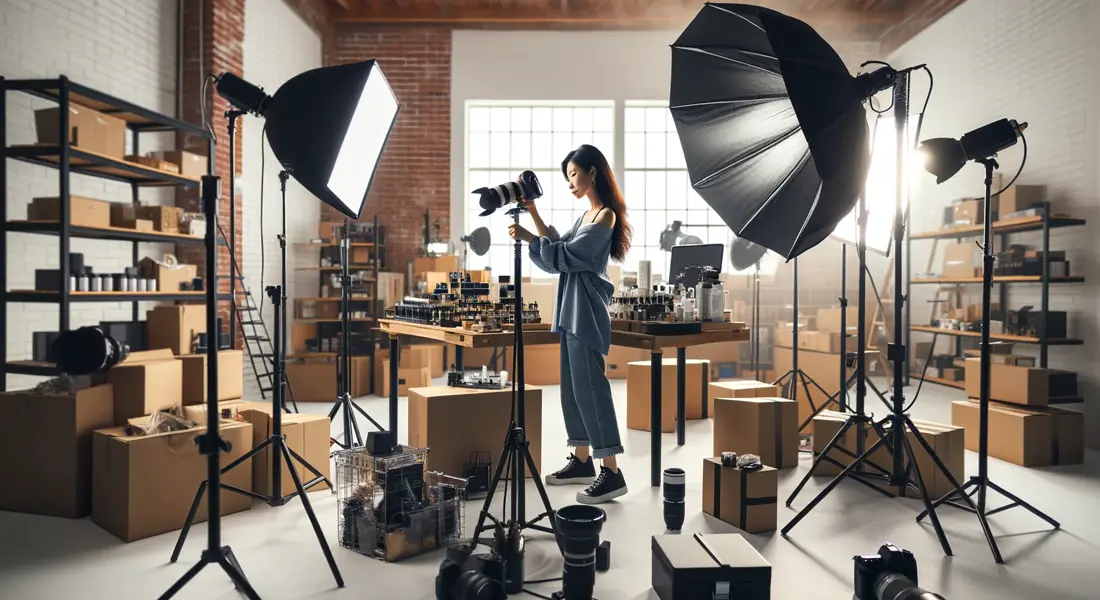
Lightbox Photography: With minimal equipment and simple configurations, setting up a lightbox is generally quick and straightforward, making it a convenient choice for those under time constraints.
Professional Lighting Setup: The setup time is substantially longer as it involves the arrangement and fine-tuning of multiple lighting equipment to achieve the desired effect, which requires a certain level of expertise and precision.
Shooting and Editing Time:
Lightbox Photography: The simplicity of a lightbox allows for a quicker shooting process. However, the images produced may necessitate a more extensive post-production editing to enhance or correct color, detail, and texture.
Professional Lighting Setup: Although the shooting process may be lengthier due to the adjustments needed for optimal lighting, the higher in-camera quality often results in lesser time spent on post-production editing.
Cost Consideration
Initial Investment:
Lightbox Photography: The initial investment is relatively low, making it an accessible option for individuals or businesses with limited budgets.
Professional Lighting Setup: The upfront cost of professional lighting equipment is considerably higher, reflecting a more significant initial investment.
Long-term Value:
Lightbox Photography: While cost-effective initially, the limitations of a lightbox may necessitate an upgrade to professional lighting as the demand for higher quality images grows.
Professional Lighting Setup: The initial investment in professional lighting can offer long-term value by producing high-quality, distinctive images that enhance brand identity and customer engagement, potentially leading to increased sales and market competitiveness.
Brand Representation
Ceating a Distinctive Brand Image:
Lightbox Photography: The standardized look produced by a lightbox may fall short in creating a distinctive brand image, as the scope for creative lighting and unique presentation is limited.
Professional Lighting Setup: The creative flexibility and superior quality achievable with professional lighting setups enable the creation of a unique, compelling brand image that stands out in the market.
Meeting Industry Standards:
Lightbox Photography: For certain industries or high-end products, the image quality and presentation achieved with a lightbox might not meet the prevailing industry standards, potentially impacting the perceived value of the brand.
Professional Lighting Setup: Professional lighting setups, on the other hand, are geared towards meeting and even surpassing industry standards, ensuring that the brand is perceived as professional and reputable in the competitive market.
The comparison delineated above underscores the critical role of lighting in product photography and its subsequent impact on brand representation and market positioning.
As we transition into showcasing real-world examples in the following section, the visual evidence will further accentuate the discernible difference in the caliber of imagery achievable with lightbox photography versus professional lighting setups.
Real-world Examples
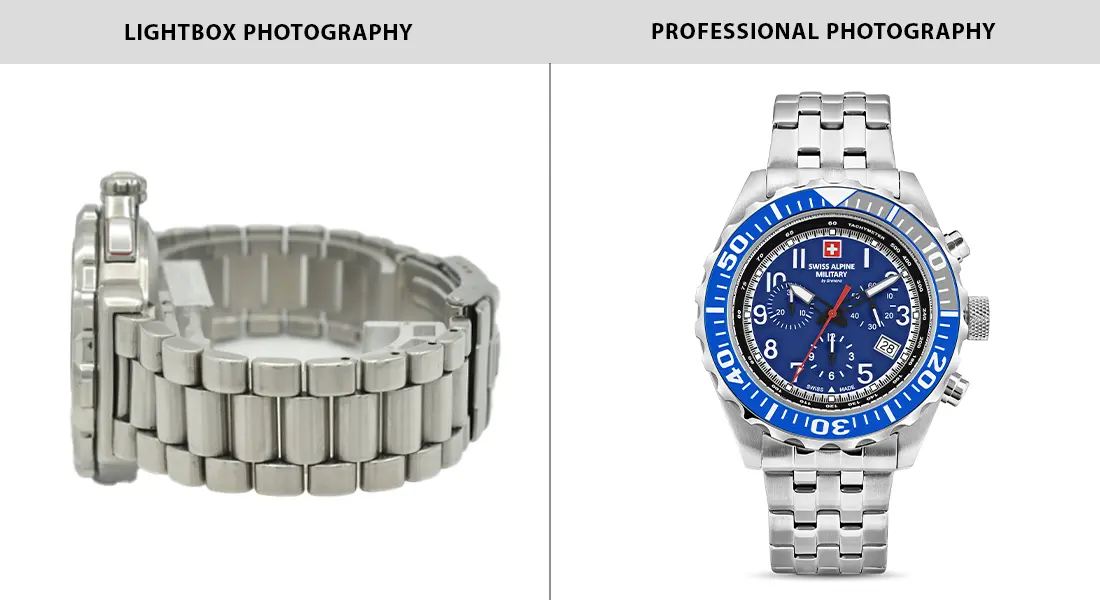
Illustrating the conceptual differences through real-world examples brings a tangible understanding to the discourse. Here, we present a comparative showcase of product images taken with both lightbox and professional lighting setups, highlighting the visible distinctions and delving into their implications on brand perception.
The comparative showcase illuminates the stark difference in image quality and artistic presentation between lightbox photography and professional lighting setups.
Examples
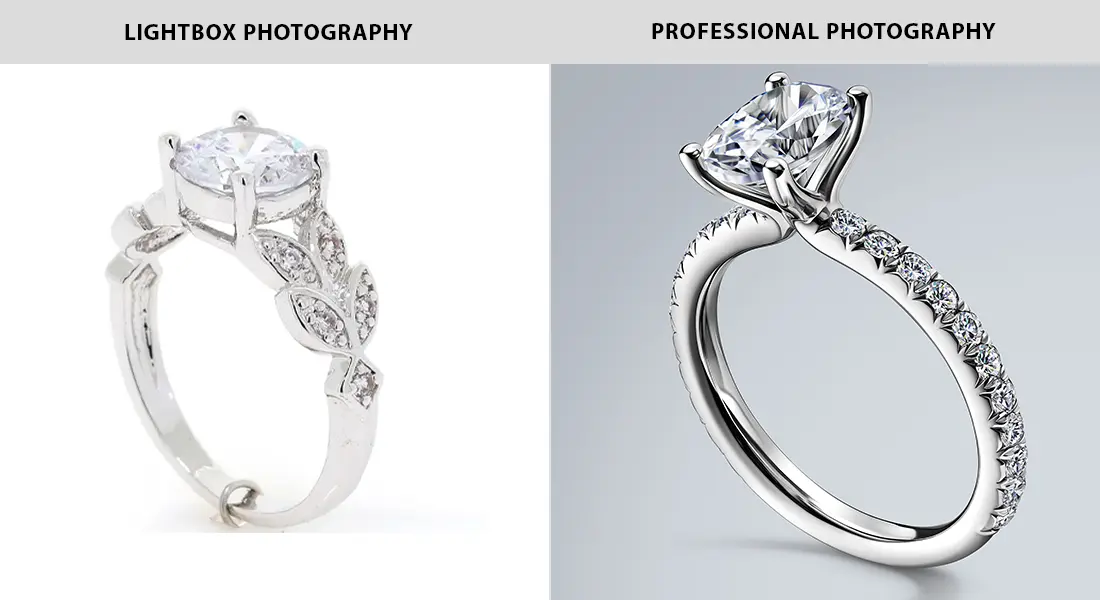
Showcase of Product Images Taken with a Lightbox
Detail and Texture: The professional lighting setup excels in highlighting the finer details and textures, which are paramount in creating a visually compelling image. The ability to control shadows and highlights adds a three-dimensional feel to the product, making it more tactile and engaging.
Color Accuracy and Vibrancy: Professional lighting setups offer superior color accuracy and vibrancy, which is crucial for a truthful representation of the product. This accuracy fosters trust and satisfaction among customers.
Creative Storytelling: Professional lighting allows for creative storytelling through imagery, which is instrumental in establishing a distinctive brand image. The versatility of lighting configurations enables the creation of different moods, from luxury and sophistication to freshness and excitement, aligning with the brand’s narrative.
Brand Perception and Value: High-quality, professionally lit images enhance the perceived value of the brand, positioning it as a high-caliber player in the market. Conversely, the standardized look of lightbox photography may fall short in conveying a unique brand identity, potentially blending in with the competition rather than standing out.
Consumer Engagement: Engaging visuals are pivotal in capturing consumer attention in a saturated market. The nuanced lighting and superior image quality of professional setups are more likely to evoke a positive response and foster a connection between the consumer and the brand.
Through these real-world examples and discussion, the impact of lighting on product photography and, by extension, brand perception is unmistakably evident. The choice between lightbox photography and professional lighting setups transcends a mere technical decision, resonating profoundly with the brand’s market positioning and long-term success.
Conclusion
The journey through the intricacies of lightbox photography and professional lighting setups unveils a realm of considerations pivotal for brands striving to carve a niche in the competitive market landscape.
Key Points:
Lightbox photography, with its simplicity and cost-effectiveness, offers a quick solution for capturing clear, decent-quality product images.
Professional lighting setups, although demanding a higher initial investment and expertise, unlock a world of creative possibilities, superior image quality, and the ability to craft a distinctive brand narrative through visuals.
The investment in professional lighting is an investment in the brand’s image and market positioning. The nuanced lighting, color accuracy, and the ability to bring out textures and details are instrumental in creating high-caliber images that resonate with professionalism and allure.
The choice between lightbox photography and professional lighting setups should align with the brand’s long-term goals, the target audience, and the prevailing industry standards. It’s a strategic decision that could significantly impact the brand’s perception and success in the market.
The discourse aims not just to inform but to ignite a dialogue and foster a community of informed brand custodians and photography enthusiasts.
- Share this article with peers, colleagues, and anyone embarking on the journey of product photography to spread the knowledge and foster informed decision-making.
Engage in the discussion by sharing your experiences, insights, or questions in the comments section below. Your interaction enriches the community, providing diverse perspectives and fostering a deeper understanding of the subject matter.
This article hopes to serve as a compass in navigating the crossroads of lightbox photography and professional lighting setups, guiding brands towards making informed decisions that align with their vision, goals, and the ever-evolving market dynamics.
FAQs
Lightbox photography employs a box with translucent sides to provide a uniform lighting environment, making it simple and cost-effective. In contrast, professional lighting setups use a variety of adjustable lights and modifiers to create customized lighting conditions, offering superior quality and creative flexibility in product photography.
Professional lighting setups offer full control over lighting conditions, allowing for creative flexibility, superior color accuracy, and the ability to highlight textures and details. This enables the creation of high-quality, distinctive images that enhance brand representation and meet industry standards.
A lightbox can be a convenient choice for small to medium-sized products, especially for individuals or businesses on a tight budget. However, it may limit creative flexibility and result in a standardized look, which may not meet the desired quality or brand representation goals.
Lighting significantly impacts brand perception as it determines the clarity, color accuracy, and mood of the product images. High-quality, professionally lit images can elevate a brand’s perceived value, create a distinctive brand image, and better engage consumers.
Lightbox photography is cost-effective, easy to use, and provides consistency in lighting conditions, making it a suitable choice for high-volume shooting scenarios or for those with limited resources.
The cost of a lightbox can range from around $50 to a few hundred dollars depending on the size and quality. On the other hand, a professional lighting setup can range from a few hundred to several thousand dollars based on the equipment quality, brand, and the number of lights and modifiers included. While the initial investment in a professional lighting setup is higher, it can provide long-term value by delivering superior quality images that can enhance brand representation and appeal to a broader audience.
if you’re looking to increase your online conversion but still feel you are not sure where to start – check out these resources below:






